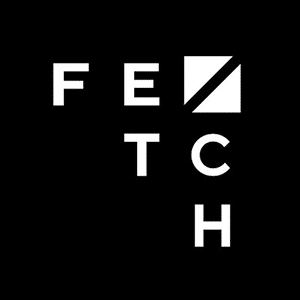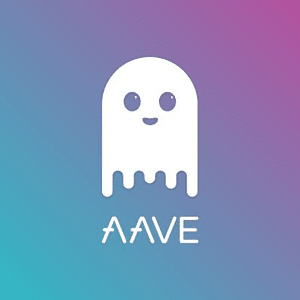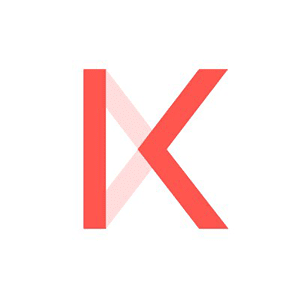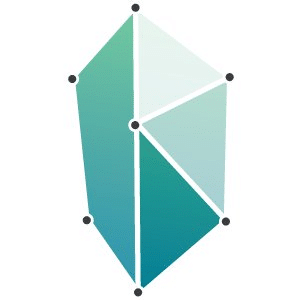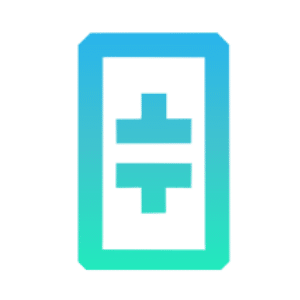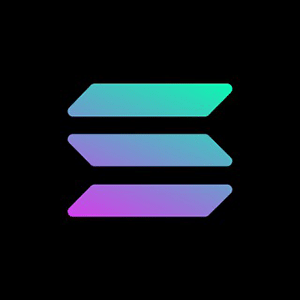There’s a huge paradigm shift in our global economy with the invention and application of Blockchain technology. Whenever the term, “blockchain” arises, people automatically assume bitcoin and cryptocurrencies, but this isn’t just the case, Blockchain technology is much more advanced and complex, in that it inherently represents anything of value, encodes the information in an unmodifiable, time-stamped transaction, and secures the information in a decentralized network of computers that arrives at a peer-to-peer consensus in the network to eliminate any possibility of corruption or tampering. Okay. So? What does that mean? What is Blockchain Technology? What is its significance and why is it so revolutionary?
What is a Blockchain?
In simple terms, the term block, represents a list of records, and the chain represents the relationship between one block to another. The chain is a cryptographic bond that links each block together. The relationship between each block cannot be modified or altered, rather new information can be added at the end of the ledger, which ensures that all transactions are recorded, time-stamped and uneditable. Each block contains a cryptographic numerical code called a hash value, that forms a merkle tree, which identifies and matches with the previous block and if someone tries to tamper with any of the blocks, the network of computers, called nodes, invalidates the entry and the intrusion fails through a long process of mathematical proofs and limited time. The peer-to-peer system is coded by protocol and lives by those mathematical principles. Each node, in the network, owns a full copy of the blockchain and it’s transactions, which also secures a worry if a computer is manually shut down or damaged, another computer has all the same records saved. The nodes verify any, and all transactions to ensure that the entries are not malicious, and once it goes through a process of verification, the entire network agrees to input the transaction onto the distributed ledger. This means that the blockchain is consensus-driven and self-reliant.
The invention of the blockchain eliminates any central server or moderator to overview the validity of each interaction. To summarize, blockchain:
– allows for transparency with accessible transactional ledgers
– authenticates and secures records of value with cryptography
– immutability as a proof of trust
– oversees smart contracts like employment contracts, wills or medical records
– removes the middleman
– can be made public or private for governments/businesses
When was it Invented?
The starting work and idea on the cryptographically coded chain of blocks was created by Stuart Haber and W. Scott Stornetta in 1991. In 1992, Dave Bayer, as a co-author, joined in on the scoop and continued to work on this ingenious idea and the development of blockchain.
What is known of Blockchain today would have not come into fruition without the infamous Satoshi Nakamoto, as an expansive search rate in December 2017 in google search results is an indicator that the person involved is a major candidate in the growth of bitcoin and blockchain and that the rise of cryptocurrencies is a revolutionary start.
How is it beneficial for businesses?
Without secured encryption, valuable information privi to the public can be a liability for competitors in the marketplace and digital assets, in absence of a third party, run the risk of faulty transactions. The additional costs to third-party involvements are monumental and expensive. This allows an opportunity for businesses to cut down on their costs and use that budget to build and expand their businesses. An example of a blockchain transactions secured between businesses is when a business wants to send and share private information that would otherwise require a verification process through a lawyer, the blockchain technology provides a methodology of securing the transaction with an identification key that must be verified and accepted by the network of computers to ensure the validity of the information. In short, the use of the middleman is unnecessary and third-party involvement is obsolete to a system that is inherently trustless. Click here for examples of businesses that use blockchain technology.
The blockchain technology and functionality completely rennovates the financial systems and administrative responsibilities, makes it transparent and significantly reduces bureaucratic procedures which allocates for more time and energy elsewhere.
What does it mean for me and you?
Empowerment.
What that means is that you are the sole-proprietor of your information. The benefit to this is that you know that your information is secured within the network. The downside to that, there isn’t Big Brother to call when something goes awry, for example if you lose your bitcoin wallet private key, it’s impossible to recover it. Precautions must be taken place like a backup of your private key on your computer or on a piece a paper.
An invitation to the world of cryptocurrencies
There are ways to earning cryptocurrencies in exchange of your time and money. One platform called, Steemit, allows you to publish content and earn Steem Dollars, which can be later transferred into any cryptocurrency or fiat currency. This is an opportunity for people to invest their time, connect with a community, be creative and earn money for it, which if successful, provides another stream of income and supports the blockchain movement.
Be part of the community. The investment of your time alone opens up a world of communication with people all across the world. This allows you exchange goods and services in exchange of cryptocurrencies with businesses and people. The gift in this is that it’s very much in the start-up phase, and as it advances and changes our world, we’ll be part of the change.
What makes it so special?
The blockchain technology allows any transaction, whether cryptocurrencies like Bitcoin or Litecoin, personal records like land settlements or mortgages, to occur securely and privately, while consistently upholding the exact data of the transaction with a time-stamped record of entry to a distributed ledger without the use of a third party. The use of the blockchain technology is not limited, rather expansive. The verification process does not abide in traditional hierarchical structures, rather it’s a decentralized platform that guarantees a group majority over a single person’s executive decision. This may be a predicament rather than a benefit when it comes to sensitive information that is on a public ledger like in the case of medical records, but the issue resides in how accessible the information is for the public, and how long it takes for people to access the information from government institutions to their smartphones. The issue of privacy raises a serious matter for many people, as much as the issue of accessibility bares a contracting and rather conflicting problem, as people wait too long for bureaucracy involved in healthcare and government.
The benefits of having an immutable process is that history cannot be rewritten by the winners or losers; It’s a fair game economy. The significance is that the technology was invented to fundamentally influence the way our governments and businesses manage our economies. It provides an alternative opportunity to transform the current state of affairs in our global economy and shift the economic system into a new paradigm where everything can be empirically secured, digitally recorded and forever unadulterated.
By: Sam Turtle – Part of the Arcane Bear Family.
Remeber to check back at our hompage: https://arcanebear.com




